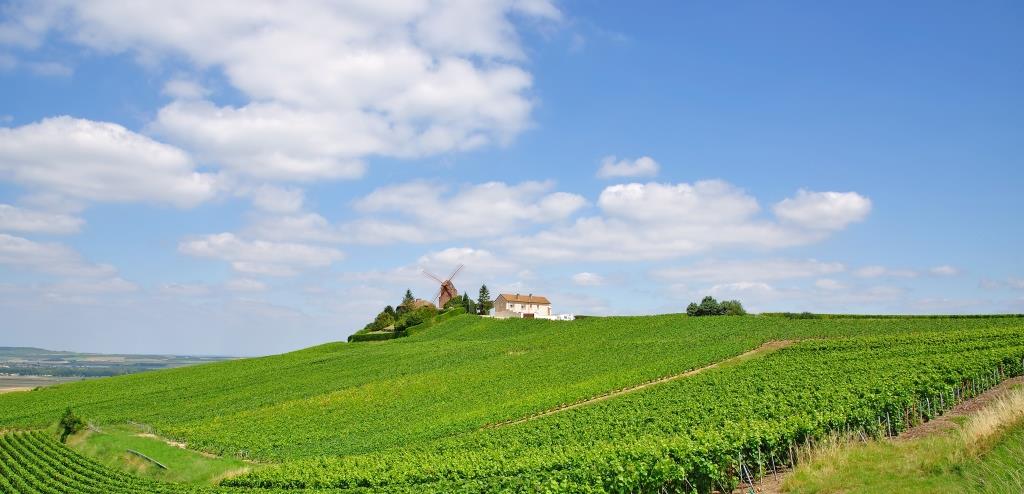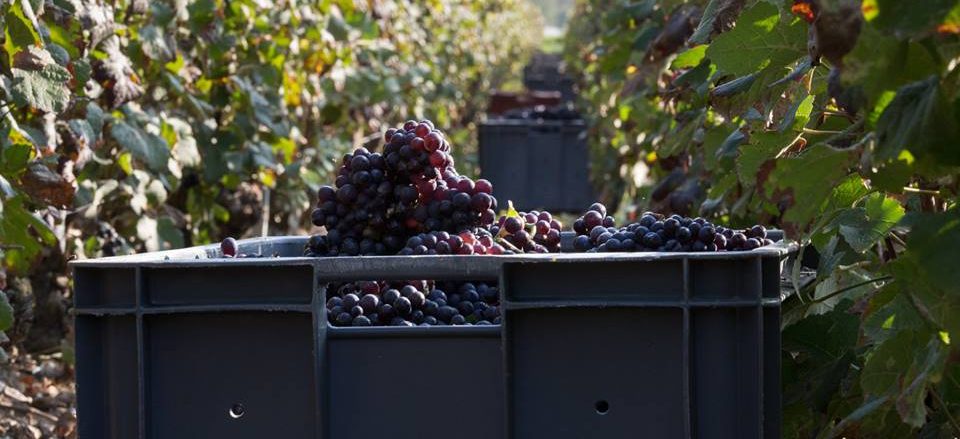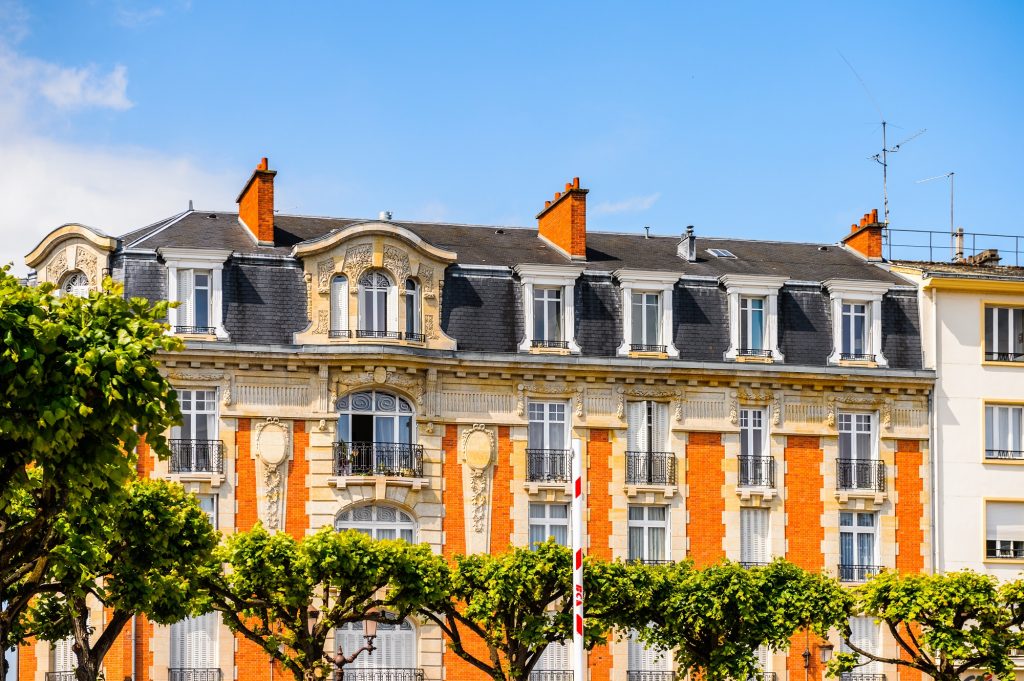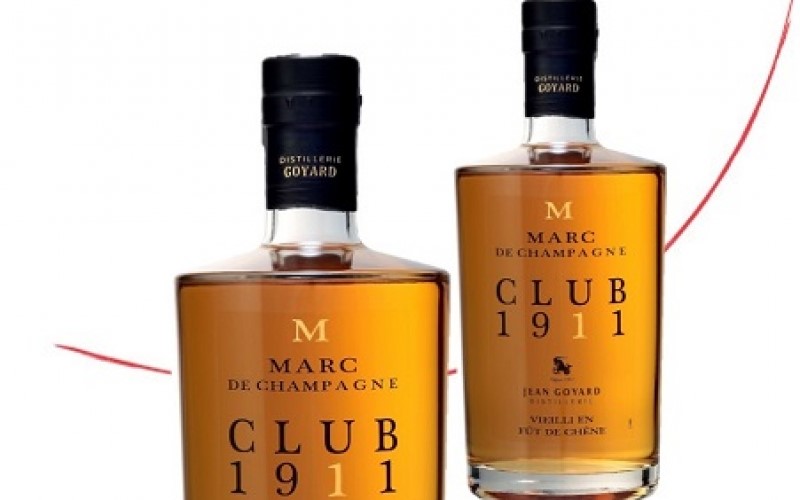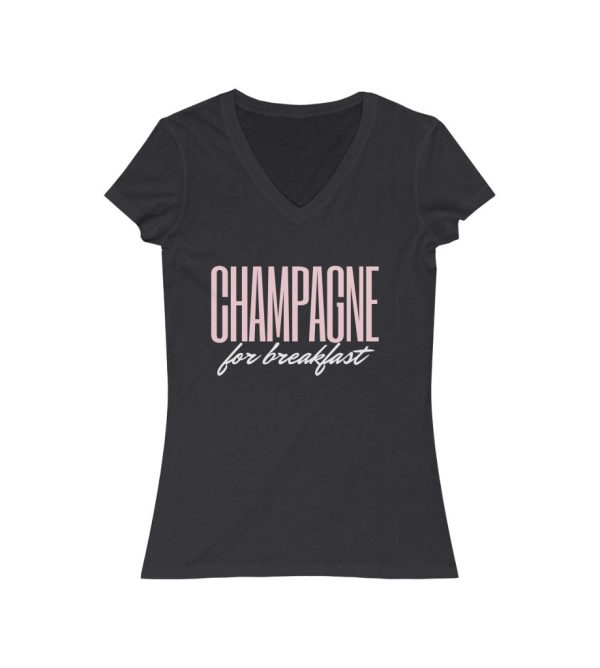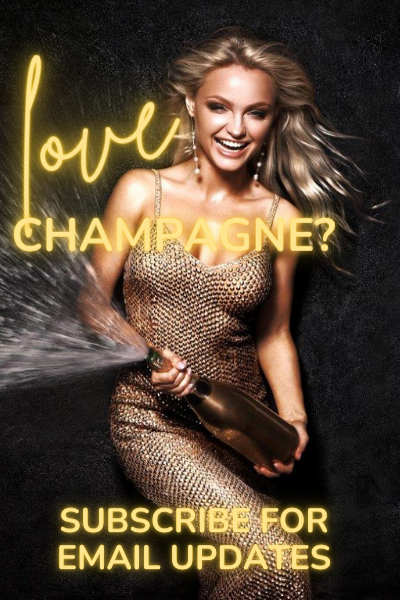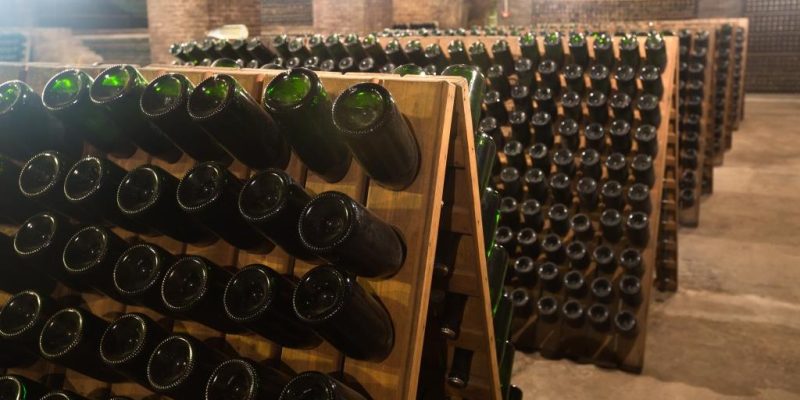
Why Champagne Can Smell Like Fresh Bread
- Marnie Nichols
- December 19, 2016
- Champagne School
This one has a pretty geeky answer which is…. champagne autolysis. So I’ll start with a bit of background…
Let’s talk yeast!
Right before the champagnes are cellared for ageing, winemakers add yeast and sugar to the still wine to kick off the prise de mousse. Prise de mousse translates as ‘capturing the sparkle’ and is what gives champagne its bubbles.
During prise de mousse, the yeast consumes all the sugar, converting it to alcohol and carbon dioxide. Which leaves you with sparkling wine (because the gas can’t escape from the bottle, it creates bubbles throughout the wine) and the dead yeast cells, called lees.
Prise de mousse takes about 3-4 months, then the ageing starts. The length of time the champagne is aged is also known as the time spent “on lees”. Which sounds MUCH sexier than if we talked about how long the champagne spends “soaking in dead and dying yeast cells”, which is actually when and how champagne autolysis takes place.
Champagne Autolysis
Autolysis is a general scientific term that literally means cells being destroyed by their own enzymes. In champagne autolysis, it is yeast cells that are slowly broken down over the course of ageing. While the wine is in contact with the lees (aka dead and dying yeast) and champagne autolysis is happening, the yeast cells impart flavour and complexity to the wine.
Do you think you can guess now why champagne can smell like fresh bread?
Well, what do you think gives bread fresh out of the oven its smell? It’s the yeast breaking down when the bread rises. It’s the same in champagne autolysis – the yeast breaking down during ageing creates the same bread-like aroma. Or maybe we should start saying that bread smells like freshly popped champagne????
Do you remember that champagnes are aged for very long times? (and if you don’t, see the footnote * below). The longer the ageing time, the more the champagne autolysis is allowed to work its flavour magic on the champagne. Champagne autolysis also helps refine the bubble size and reduces the need for adding as much sulphur dioxide to preserve the wines.
See if you can pick it next time you pop a bottle.
Santé!
*Even the NV champagnes are cellared for a remarkably long time. Any non-vintage bottle of champagne must spend at least 15 months maturing in the cellars but most houses cellar their NVs for 2-3 years. Vintage champagnes must spend a minimum of three years ageing… but again most houses will exceed this for the good of the champagne, generally between 5 and 8 years for vintages. Cuvée de prestige champagnes may be aged as long as 10 years.
Champagne Villages And The Cru System
Regions Within Champagne
What Grapes Are Used To Make Champagne?
Does Size Matter? A Guide To Champagne Bottle Sizes (Just To Be Clear!)
After The Harvest… The Process For Champagne Pressing
The Three Main Types Of Champagne Producers
Champagne Spirits – Marc De Champagne, Fine De La Marne, And Chardonnay Vodka
Ratafia De Champagne
Rosé Des Riceys… A Still Rosé Wine They Make In Champagne
Coteaux Champenois… Still Wines Made In Champagne
Bubble & Flute promotes the responsible consumption of alcohol for individuals of legal drinking age in their country. Information is correct and accurate at the time of publishing.
